Conducting a Cost-Benefit Analysis of Ransomware Recovery Solutions
Understanding the Stakes: The Importance of Ransomware Recovery Cost Analysis
Ransomware recovery cost analysis is a critical tool in today’s cybersecurity landscape, offering tangible insights into the impact of these debilitating attacks. Recent statistics paint a stark picture: ransomware incidents are rising, with estimates suggesting they will cost global economies billions of dollars annually. As a leading force in IT management, we emphasize the urgency of preparing for these potential threats. Our assessment leans heavily on expert analyses, comprehensive cybersecurity reports, and the hands-on experiences of IT management firms, including our own, to underscore the criticality of addressing ransomware proactively.
Assessing Your Vulnerabilities: Starting with a Thorough Risk Assessment
To lay a solid foundation for a meaningful cost-benefit analysis in the context of ransomware threats, executing a thorough risk assessment is paramount. We advocate a meticulous approach, guided by industry standards such as those set forth by NIST, which serve as a compass in navigating the complexities of cybersecurity risks. Insights received from seasoned cybersecurity consultants are instrumental in shaping a comprehensive view of one’s vulnerabilities, enabling organizations to identify and fortify weak points before they are exploited.
Investing in Prevention vs. Paying for Recovery: A Preliminary Comparison
The old adage that ‘an ounce of prevention is worth a pound of cure’ holds true in cybersecurity. Comparatively, proactive investments in ransomware mitigation can yield significant cost savings over the reactive expenditure necessitated by recovery efforts. Financial analyses and case studies support the premise that being prepared and protected often incurs less expense and interruption than the arduous journey of recovery. As experts in IT management, we advocate for robust prevention strategies—integrating sophisticated threat detection systems, continuous monitoring, and staff training—as these measures are typically more cost-effective for maintaining continuity in operations.
Determining the Scope of Potential Losses: Ransomware Recovery Cost Analysis
Identifying the Direct Costs of a Ransomware Attack
We understand how devastating a ransomware attack can be for your business. When conducting a ransomware recovery cost analysis, we start by evaluating the direct costs. These expenses can range from the ransom demanded by cybercriminals to the costs for professional services required to mitigate the damage. Our team seeks to quantify each aspect, considering factors like:
- The size of the ransom payment, if it’s considered an option
- Legal fees incurred as part of the response process
- Costs for decryption tools or services, if available and necessary
- Any additional IT support and outsourced specialists
Incorporating Indirect Costs in Our Analysis
Critical to our ransomware recovery cost analysis is measuring indirect costs. These often overlooked expenses contribute to the total financial impact. We meticulously assess the loss of productivity due to downtime, as well as long-term repercussions like:
- Damage to your company’s reputation
- Loss of customer trust, possibly leading to a decline in sales
- Decreased market share due to operational disruption
By integrating these indirect costs into our analysis, we gain a comprehensive view of the potential financial fallout post-attack.
Assessing the Impact on Data Recovery and Business Continuity
At the heart of our analysis lies the assessment of data recovery and the continuation of your operations. For this, we consider:
- The cost of restoring data from backups, including the potential need for data reconstruction
- Investments in alternative methods to ensure business continuity during recovery operations
- Additional hardware or cloud services needed to re-establish work environments
We blend these considerations with an understanding of your organization’s unique requirements and the critical nature of your data.
Factoring in Long-Term Operational Impact
Frequently, the effects of a ransomware attack bleed into long-term operational capacity. We meticulously account for:
- The potential for increased cybersecurity insurance premiums
- Costs associated with upgrading and hardening IT infrastructure to prevent future attacks
- Training staff on new security procedures and systems
Our aim is to provide an all-encompassing ransomware recovery cost analysis that prompts informed decision-making for future-proofing your business against such threats.
Did you know? The average ransomware recovery cost for businesses hit $1.85 million in 2021, emphasizing the critical need for robust cybersecurity measures.
Forging a Path to Resilience: The Role of Ransomware Recovery Cost Analysis in Future-Proofing Your Business
It’s crucial to emphasize that a comprehensive ransomware recovery cost analysis is not merely a fiscal measure; it is an invaluable exercise in fortifying your business’s resilience against cyber threats. By understanding the full spectrum of potential repercussions, we arm ourselves with the imperative knowledge to formulate an effective response strategy. This ensures that if an attack occurs, our recovery efforts will be rooted in a deep understanding of the financial, operational, and reputational stakes at hand.
Encapsulating the Analysis: Insightful Takeaways to Secure Your Organization
We’ve traversed the landscape of ransomware threats, unraveling the intricacies of risks and costs associated with such a critical challenge. Reflecting on this journey, it becomes inherently clear that proactive preparedness is the cornerstone of cyber defense. A detailed ransomware recovery cost analysis is a pivotal component of this armor, equipping businesses with quantifiable insights to strike the delicate balance between precautionary measures and remediation investments.
Final Reflections: Embracing Proactivity to Shield Your Legacy
In our collective experience at Alvaka, embracing a mindset geared towards preemptive measures significantly dwarfs the cascading effects of post-incident recovery. As much as a ransomware recovery cost analysis sheds light on potential damages, it illuminates the road to robust risk management practices, fostering a culture of vigilant cybersecurity hygiene and swift incident response. In underestimating the gravity of ransomware threats, businesses may inadvertently leave themselves vulnerable to not only financial but also irreparable reputational harm.
We must internalize this wisdom: Investing in comprehensive defenses and conducting regular ransomware recovery cost analysis is not a luxury; it is an essential component of responsible corporate stewardship in the digital age. Through this lens, our cost analysis transcends mere numbers, emerging as a roadmap to business continuity that fortifies your organization against the unpredictable tides of cyber threats.
We at Alvaka remain staunchly committed to guiding and supporting businesses through the complex maze of cybersecurity challenges. A ransomware recovery cost analysis, when effectively implemented, becomes a beacon that not only navigates through immediate dangers but also steers towards a horizon of sustained growth and resilience. It is through this conscientious approach that we can collectively uphold the integrity of our digital infrastructures and safeguard the futures of our enterprises against the ever-evolving panorama of cyber risks.
FAQ
What are the current statistics on ransomware incidents and their economic impact? ▼
As a leading cybersecurity firm, we’ve noted a significant increase in ransomware incidents over recent years, with billions lost globally in economic impact. Recovery costs alone can soar into the tens or hundreds of thousands, depending on the size of the organization and the severity of the attack. It’s crucial for businesses to stay informed with the latest reports from cybersecurity authorities and IT management firms to appreciate the full scale of potential threats.
Why is a risk assessment essential in ransomware protection? ▼
We advocate that a thorough risk assessment is the first step in understanding your organization’s specific vulnerabilities to ransomware. This comprehensive evaluation aligns with industry standards, such as those outlined by NIST, and is instrumental in crafting a robust cybersecurity posture. Identifying assets, threat vectors, and potential impacts is central to our proactive defense strategy.
How do the costs for proactive ransomware mitigation compare with reactive recovery spending? ▼
Our analysis reveals that investing in proactive ransomware mitigation is generally far more cost-effective than incurring the steep expenses associated with reactive recovery measures. Proactive investments, like staff training and robust backup systems, are upfront costs that significantly reduce the likelihood of an attack. In contrast, recovery costs can multiply quickly, factoring in downtime, negotiation, possible ransoms, and systems restoration.
What steps should an organization take to assess potential ransomware recovery costs? ▼
To accurately determine potential ransomware recovery costs, organizations should begin by identifying critical assets and mapping out how a ransomware incident could impact operations. This detailed analysis should account for various factors, including the cost of downtime, data loss, incident response, system restoration, and potential ransom payments, while also considering the longer-term impact on reputation and customer trust.
How does an organization quantify the operational losses from a ransomware attack? ▼
Quantifying operational losses requires a multi-faceted approach, where we consider the direct and indirect costs. This includes accounting for business interruption, lost revenue, overtime labor for crisis management, and additional costs related to delayed deliveries and services. It’s essential to factor in both the immediate fallout and the gradual return to normal operations.
What is the typical time frame for a business to recover from a ransomware attack? ▼
The time frame for recovery can vary greatly, ranging from days to weeks, or even months, based on the attack’s severity and the organization’s preparedness. With our expertise, we often see that companies with established backup systems and clear incident response plans can bounce back more quickly compared to those without such measures in place.
Can ransomware recovery costs impact an organization’s long-term fiscal health? ▼
Indeed, the repercussions of ransomware can extend beyond immediate recovery costs. There can be lasting financial consequences, including increased insurance premiums, loss of competitive edge due to downtime, and significant resource reallocation toward future prevention. These factors must be examined for a full fiscal analysis.
Are there industry-specific vulnerabilities that can affect ransomware recovery costs? ▼
Yes, certain industries, such as healthcare or finance, face distinct vulnerabilities due to the sensitive nature of their data and stringent regulatory requirements. This can affect both the probability of being targeted and the severity of recovery costs. Tailoring a cybersecurity strategy to the specific risks of your industry is essential for preventing disproportionate losses.
How can an organization effectively calculate the cost-benefit analysis of ransomware prevention investments?▼
Calculating the cost-benefit ratio entails thorough analysis to contrast the costs of implementing prevention strategies against the potential costs of recovery and losses from an attack. It weighs factors like the price of security infrastructure, employee training, and regular audits against recovery and downtime costs, fines for non-compliance, and reputational damage.
What are the best practices for a company to prepare for the possibility of a ransomware attack? ▼
To best prepare for ransomware threats, companies should adopt a layered security approach that includes regular backups, user education, strong security policies, and the implementation of advanced threat detection software. Additionally, developing and testing incident response plans is critical. Our experts stress the importance of staying vigilant and continuously adapting to the changing cybersecurity landscape.

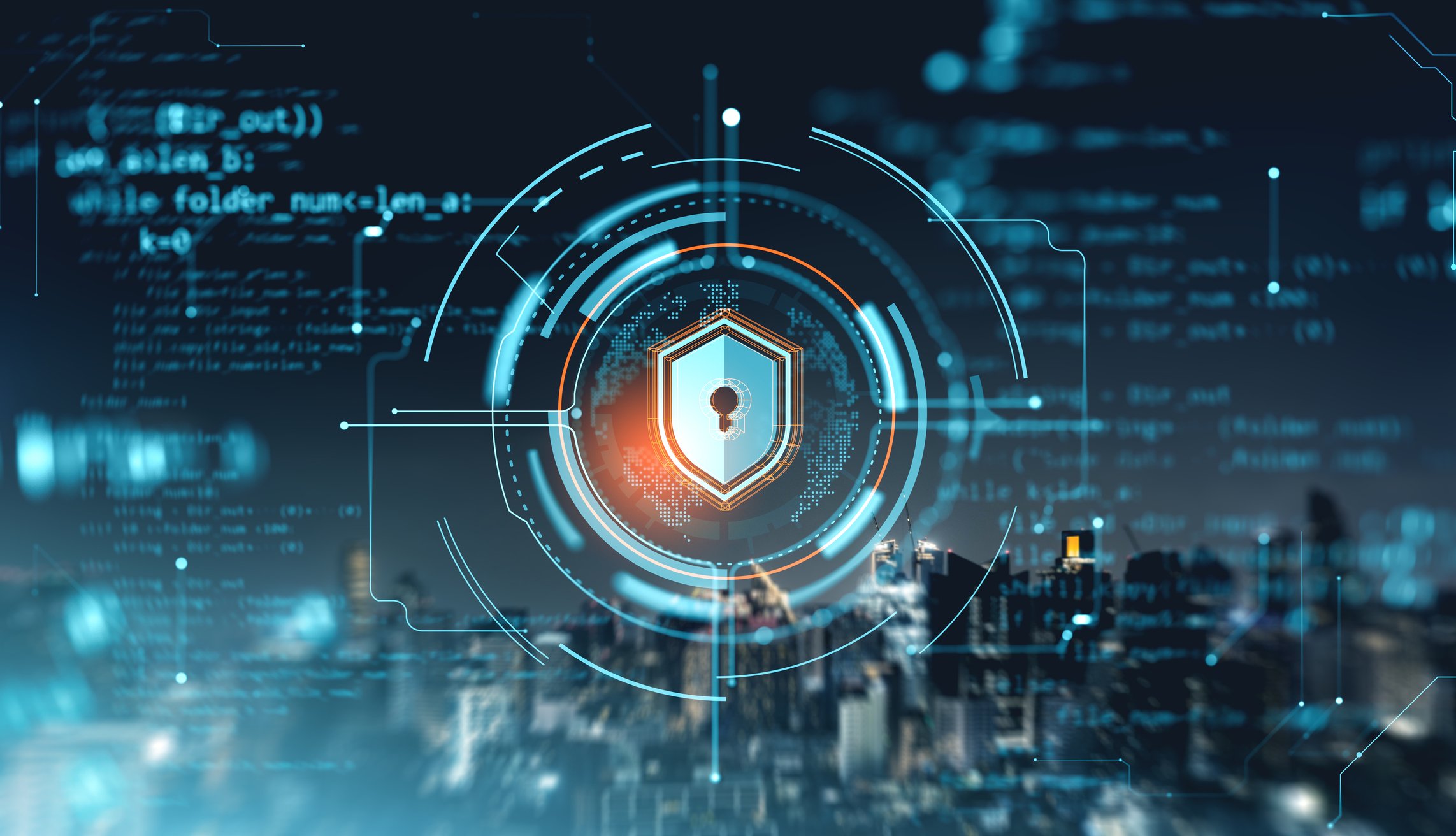
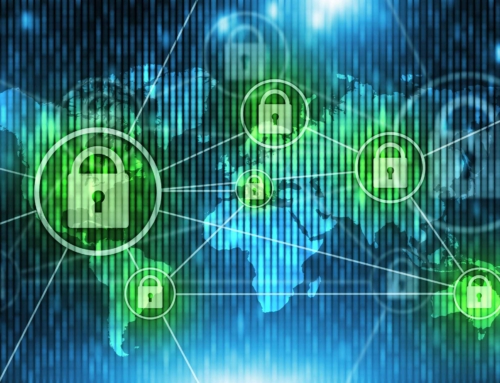
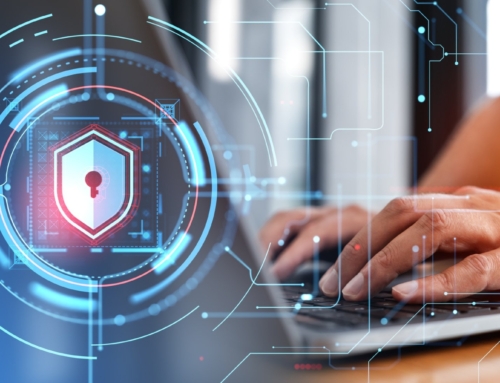
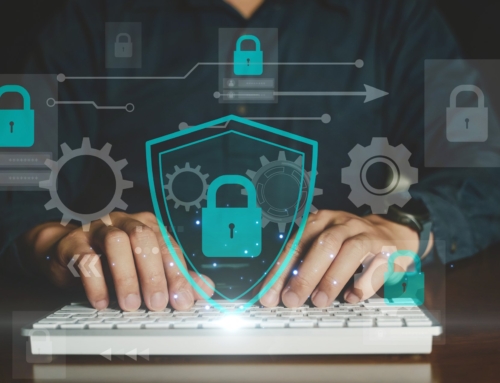
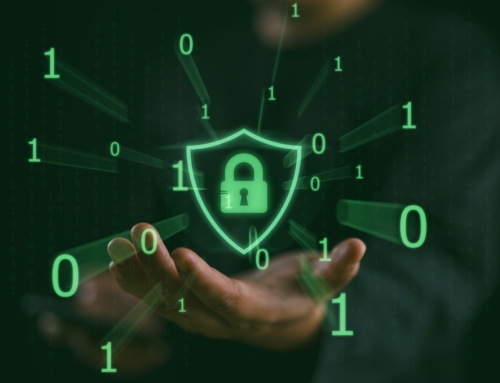


 Smoke testing is a term used to describe the testing process for servers after patches are applied.
Smoke testing is a term used to describe the testing process for servers after patches are applied. 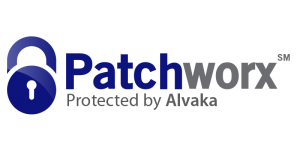 This is a basic cost calculator for you to compute your typical monthly cost for patching your servers, PCs, laptops, tablets and associated application software. It also forms the basis for you to begin calculating your Return on Investment for software patching, or for comparison with alternatives to the manual process of patching operating systems and application software—such as Patch Management as a Service, also known as Vulnerability Management as a Service.
This is a basic cost calculator for you to compute your typical monthly cost for patching your servers, PCs, laptops, tablets and associated application software. It also forms the basis for you to begin calculating your Return on Investment for software patching, or for comparison with alternatives to the manual process of patching operating systems and application software—such as Patch Management as a Service, also known as Vulnerability Management as a Service.